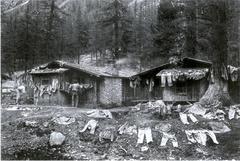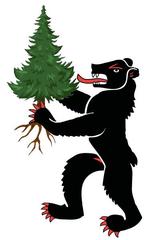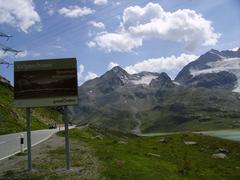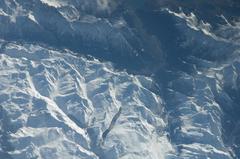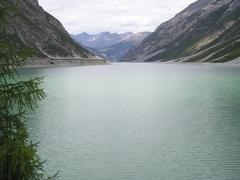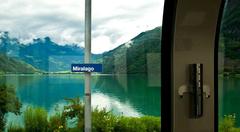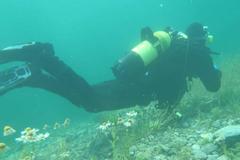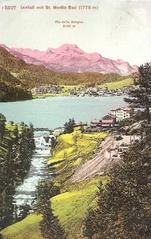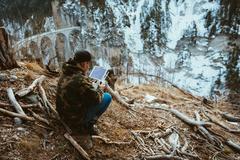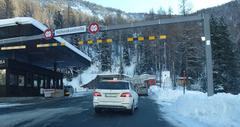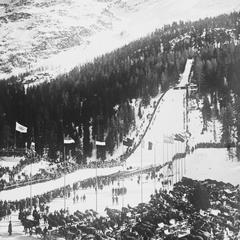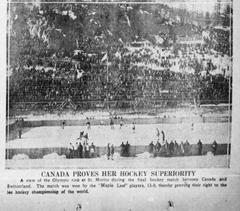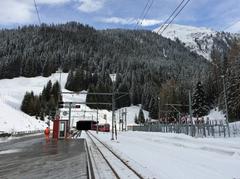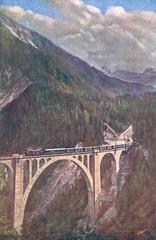
Lai da Sontga Maria Visiting Hours, Tickets, and Travel Guide in Graubünden, Switzerland
Date: 04/07/2025
Introduction
Perched at 1,908 meters in the Swiss Alps, Lai da Sontga Maria is a captivating reservoir near the historic Lukmanier Pass in the canton of Graubünden (Grisons), Switzerland. This remarkable alpine destination offers a fusion of scenic beauty, deep-rooted Romansh culture, and medieval history, all complemented by modern hydroelectric innovation. With accessible trails, free entry, and a wealth of natural and cultural attractions, Lai da Sontga Maria is a must-visit for travelers seeking both adventure and heritage in the heart of Switzerland (kreiter.info).
Table of Contents
- Historical and Cultural Significance
- Physical Geography and Environment
- Visitor Information
- Outdoor Activities
- Nearby Attractions
- Practical Tips for Visitors
- Frequently Asked Questions (FAQ)
- Summary and Travel Tips
- References and Further Reading
Historical and Cultural Significance
Lai da Sontga Maria is intimately tied to the Lukmanier Pass, a transalpine route dating to Roman times. Over the centuries, the pass served merchants, armies, and pilgrims, and the region remains a stronghold of Romansh language and culture (gr.ch).
In 1374, Disentis Abbey commissioned the original Hospiz Santa Maria to shelter travelers, which, along with its chapel, became a spiritual and cultural landmark for centuries (kreiter.info). The construction of the reservoir in the 1960s necessitated relocation and reconstruction of the hospice and chapel, preserving both their function and historic frescoes.
The area continues to celebrate its Romansh heritage, with local festivals, traditions, and multilingualism (Romansh, German, Italian) woven into daily life (gr.ch).
Physical Geography and Environment
Lai da Sontga Maria sits in the Surselva region, straddling the border of Graubünden and Ticino. The elongated reservoir stretches 2.7 km, held back by the 117-meter-high Santa Maria arch dam, completed in 1968 (seatemperature.net). The dam forms part of an extensive hydroelectric system vital for Switzerland’s renewable energy.
Surrounded by peaks such as Piz Rondadura and Pizzo dell’Uomo, the area boasts glacial valleys, alpine meadows, and a diverse ecosystem with flora including gentian and edelweiss, and fauna such as marmots, ibex, and golden eagles (Komoot).
Visitor Information
Visiting Hours and Tickets
- Lake, Dam, and Trails: Open year-round with no entrance fee or ticket requirement. Accessibility may vary with weather, especially in winter (Schweizersee).
- Hospiz Santa Maria and Chapel: Generally open daily from 9:00 AM to 6:00 PM, with extended hours in summer. Free entry; donations are welcome for preservation.
- Accommodation and Dining: Hospiz Santa Maria offers rooms and meals; advance booking is advised due to seasonal operation (Touring Switzerland).
Getting There and Accessibility
- By Car: Accessible via Lukmanier Pass road from Disentis (north) or Olivone (south). Parking is available near the dam and hospice (Alpen-Pässe).
- By Public Transport: Seasonal PostAuto bus connects Disentis/Mustér to Lukmanier Pass, stopping near the hospice (SBB).
- By Bicycle/On Foot: The pass is a classic cycling route and is crisscrossed by hiking trails. Winter may require snow chains or winter tires.
On-Site Facilities
- Hospiz Santa Maria: Offers simple lodging, meals, and a historic chapel with 16th-century frescoes.
- Restrooms and Shelter: Available at the hospice.
- Dam Walkway: Open for panoramic views.
Outdoor Activities
Hiking and Walking
- Easy Trails: Family-friendly loops around the lake (4.4–4.6 km) are well-marked and accessible (Komoot).
- Challenging Routes: Ascents to Scopi, Piz Gannaretsch, and Piz Rondadura offer rewarding views for experienced hikers.
Cycling and Mountain Biking
- Lukmanier Pass Road: Ideal for road cyclists; moderate gradients and dramatic vistas.
- Mountain Bike Trails: Range from lakeside circuits to technical descents into surrounding valleys.
Winter Activities and Stargazing
- Snowshoeing, Cross-Country Skiing, Ski Touring: Popular in winter months; check local snow conditions (Together in Switzerland).
- Stargazing: The remote, high-altitude setting makes for exceptional night skies with minimal light pollution.
Nearby Attractions
- Disentis Abbey: Historical Benedictine monastery with cultural exhibitions.
- Lukmanier Gorge: A dramatic natural feature accessible by a short hike.
- Val Medel and Blenio Valley: Picturesque villages, alpine pastures, and local heritage.
- Selvasecca Nature Park: Explore local biodiversity and scenic landscapes.
Practical Tips for Visitors
- Best Time to Visit: June–September, when roads and trails are open and weather is mild (7–22°C).
- Weather: Alpine weather changes quickly; pack layers and waterproof gear.
- Safety: Dial 1414 for mountain rescue. Respect wildlife and livestock.
- Language: Romansh, German, and Italian are spoken; English is understood at tourist sites.
- Accessibility: Dam walkway and hospice are accessible; hiking trails are not suitable for wheelchairs.
- Facilities: Limited on-site; carry water and snacks.
Frequently Asked Questions (FAQ)
Q: Are there entrance fees or tickets required to visit Lai da Sontga Maria?
A: No. The lake, dam, and hiking trails are freely accessible year-round.
Q: What are the visiting hours for the hospice and dam?
A: Outdoor areas are open year-round; hospice operates seasonally (typically 9:00 AM – 6:00 PM).
Q: Is the area wheelchair accessible?
A: The dam and hospice are mostly accessible; natural trails are not suitable for wheelchairs.
Q: How do I get there by public transport?
A: Seasonal buses connect Disentis/Mustér to Lukmanier Pass. Check SBB for schedules.
Q: Are guided tours available?
A: Occasionally in summer; check with local tourism offices for availability.
Summary and Travel Tips
Lai da Sontga Maria is a destination where natural splendor, historical depth, and cultural richness converge. Its easy accessibility, free entry, and diverse activities—from hiking and cycling to winter sports and stargazing—make it ideal for all types of visitors. The enduring hospitality of Hospiz Santa Maria, the preserved medieval frescoes, and the living Romansh culture offer experiences that go beyond sightseeing. Respect the alpine environment, plan your visit according to the season, and use resources like the Audiala app for maps and real-time updates. Discover why Lai da Sontga Maria is one of Graubünden’s most treasured alpine gems (kreiter.info), (seatemperature.net), (Komoot), (Together in Switzerland), (gr.ch), (Touring Switzerland), (Schweizersee).
References and Further Reading
- Historical Background and Cultural Heritage: (kreiter.info)
- Water Temperature and Hydrology: (seatemperature.net)
- Hiking and Outdoor Guides: (Komoot), (Together in Switzerland)
- Visitor Experience, Accessibility, and Travel Tips: (Touring Switzerland), (Schweizersee), (Alpen-Pässe), (SBB)
- Canton Tourism and Culture: (gr.ch)






